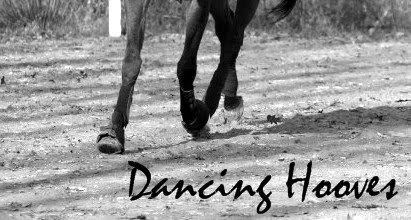Equisearch.com (one of my favorite websites) published an article recently reflecting on 15 of George Morris's top riding tips that he highlighted during his clinic. To read the full article, click here.
If you aren't in the mood to read the whole thing, here are George's highlighted 15 tips of riding. I've added text to some of the bullets where I think that clarification of George's point may be necessary. This text is taken directly from the article listed above.
- Create Impulsion - “The hind leg is where it starts,” he said. A rider breaks up resistance in the horse by encouraging his hind legs to come forward and under his body. When that happens, the horse’s croup starts to drop. Then the base of the neck, where it attaches to the shoulder, comes up. As a consequence, the horse’s head drops and he starts to round.
- Keep Him Straight - There are two types of straightness, he explained. The first is the bottom line of the horse. Does his left hind hoof fall into the print of his left fore and his right hind into the print of his right fore? Most horses naturally go in a little haunches-in. The second type of straightness is the horse’s topline, from the dock of the tail to his poll. On a straight line, the horse needs to be tracking straight, and on a circle, he must be bent in accordance with the curved line. Many riders overbend their horses, making them crooked, he said. He also reminded riders that to be straight, they first must feel a forward quality in their horses’ gaits.
- Carry the Hand - George taught this method to the riders throughout the week. For example, when one rider’s horse resisted, he told her to raise her hands, close her fingers and push with her leg. “You have to resist the horse’s resistance so the horse starts to accept contact.” When the horse softened in the mouth, George told the rider to be sure to give with her hands as a reward. He explained that many riders are taught to lower their hands if they feel resistance, “but that is rewarding the horse for disobedience.”
- Make Every Transition Count
- Establish Rhythm with Cavaletti
- Supple with Lateral Work
- Spiral In and Out - To continue to supple the horses throughout their bodies, George had the riders spiral in on three circles at the canter. They used their outside legs to displace the horses’ haunches in while bending them around the inside legs. If a horse resisted, the rider could use a leading inside rein and an outside neck rein. When the horses relaxed a little, George said the riders could give slightly with their inside reins while the outside reins remained more solid.
- Counter-canter to collect and Balance - “Self-carriage is where a horse holds himself, maintaining his own balance and impulsion,” George explained.
- Stay Straight on Flying Changes
- Lighten Up - Any time the riders asked for pace, such as when they were galloping or jumping, George encouraged them to be light on their horses’ backs with their hip angles closed and their upper bodies forward about 30 degrees. This allowed for a smoother and softer ride and kept them from disturbing their horses’ self-carriage.
- Ride with Pace to the Base [of a jump]
- Practice What is Difficult
- Let Go out of the Turn - If you do this, he said, you’ll “measure the fence infinitely better.” If the horse is not listening to the half-halt or is cross-cantering by the time he reaches the turn’s apex, a rider needs to return home and practice—“that’s homework,” George said.
- Keep Riding to a Difficult [Jump] Distance
- Stay Positive - When some horses had trouble and refused on the final day’s jumping course, George reminded the riders not to be tentative because a horse will sense that and question whether or not he should jump. “The relationship between horse and rider is closer than any two beings, even if you’re married,” he said, adding, “When a horse gets tentative, you don’t get tentative. That’s the kiss of death. … You get positive."
Peace.Love.Ponies.
















No comments:
Post a Comment